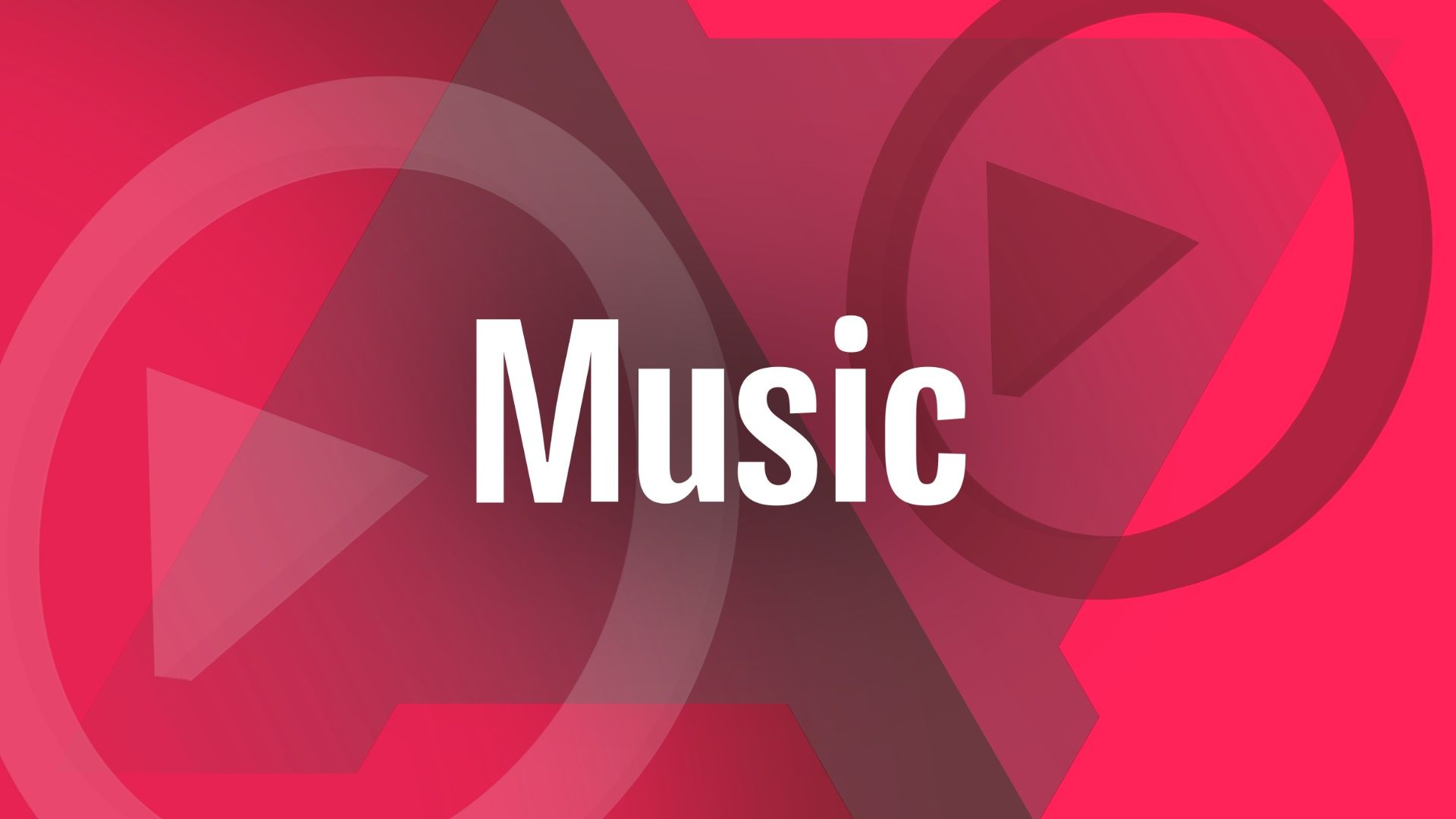Gone are the days when we used to transfer and listen to songs offline on our phones. These days, users prefer a dedicated music streaming service to enjoy millions of tracks at their fingertips. The streaming war is heating up among Spotify, Amazon, Apple, and Google. Apple and Google are aggressively pushing Apple Music and YouTube Music with several plans and service bundles. But which one is better?
You need to be careful when choosing a music streaming service. You can't simply transfer your playlists from one service to another. You also need to factor in compatibility with your top smart speaker. Let's compare YouTube Music and Apple Music based on the user interface, cross-platform availability, features, listening experience, price, and more.
User Interface
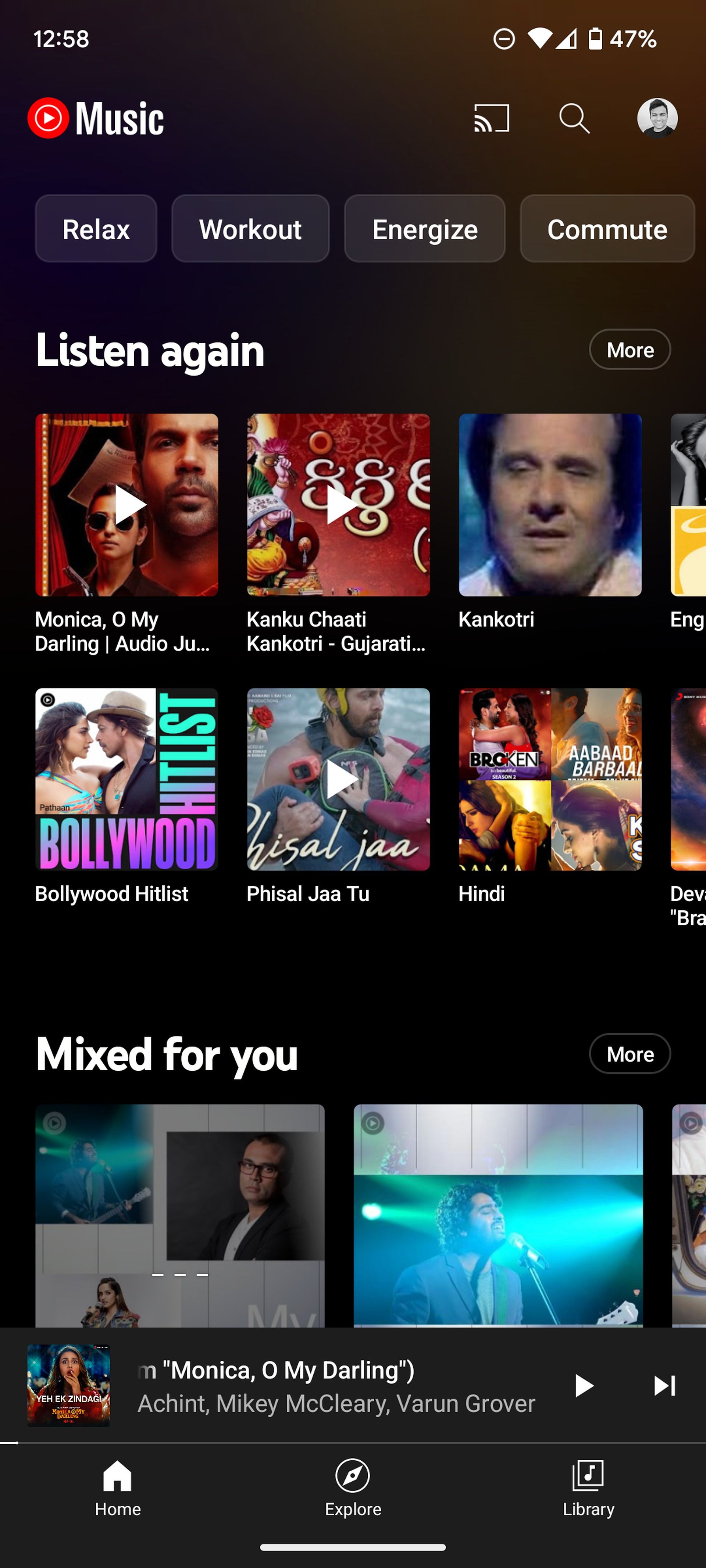
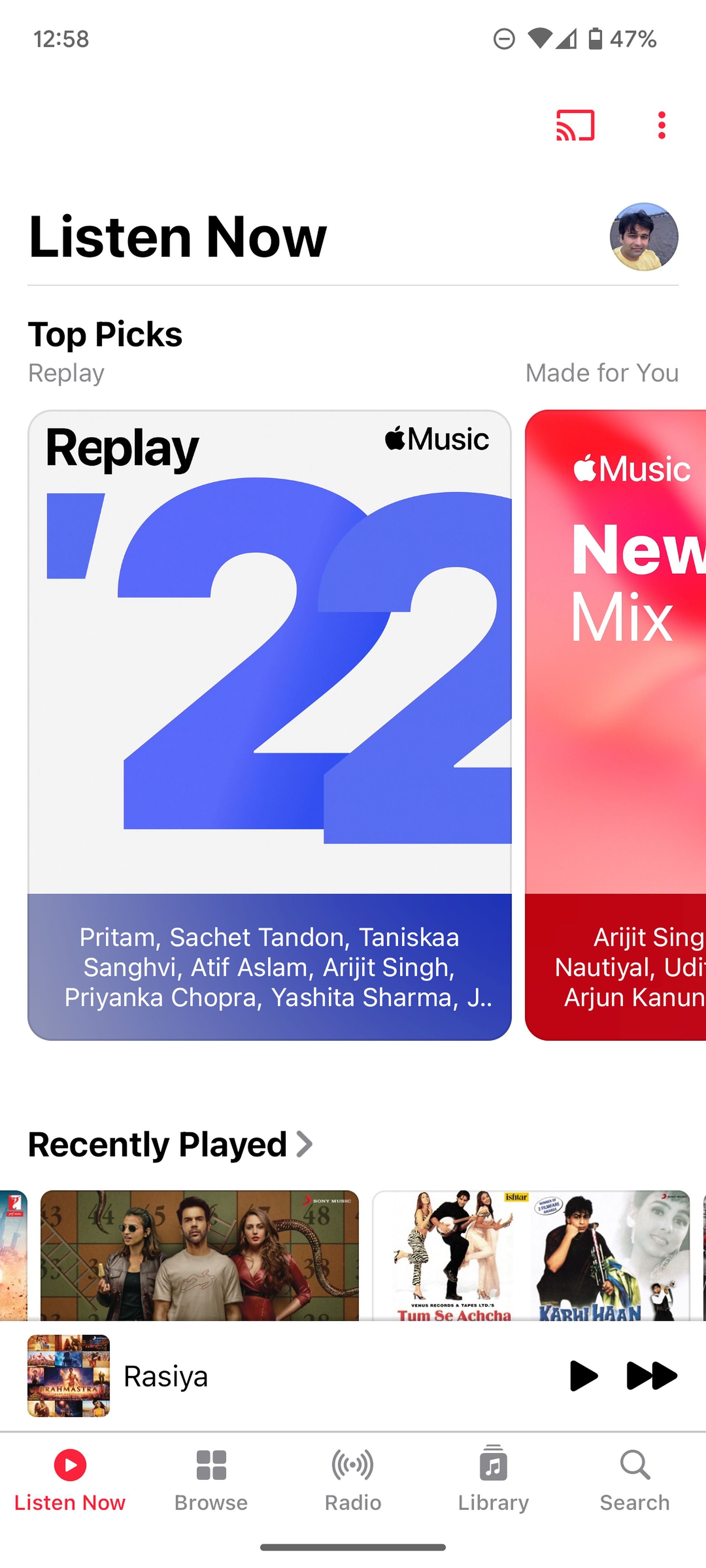
YouTube Music has a cool-looking dark gradient theme throughout the UI. Google recently redesigned the Library tab and playlist view on mobile apps. However, YouTube Music doesn't support a light theme. The profile and search menu are at the top, which can be inconvenient to reach on tall Android phones. We like how the YouTube Music player UI changes based on the song album. It's another neat touch from Google.
Apple kept it simple with Apple Music design on Android. It supports both light and dark themes. Apple Music adopts a neat gradient theme based on the album cover. It even changes the gradient theme throughout the song playback. We prefer Apple Music's player UI compared to YouTube Music.
Cross-platform availability
Cross-platform availability is another major factor to keep in mind when choosing a music streaming service.
YouTube Music has native apps on iOS, iPadOS, Android, and Wear OS. Desktop users can access YouTube Music via the web version. YouTube also supports PWA (Progressive Web App) to create a native experience. YouTube Music also supports Google's smart speaker lineup and Amazon Echo to play your favorite playlists on the go. For the Amazon Echo, you need to change the default music player from the Alexa app.
Apple Music works best on company devices. You can access Apple Music on iOS, iPadOS, Apple Watch, Apple TV, HomePod, and Amazon Echo. The company also offers an app on Android, and a dedicated Windows app is scheduled to arrive in Microsoft Store in the future.
Content library and features

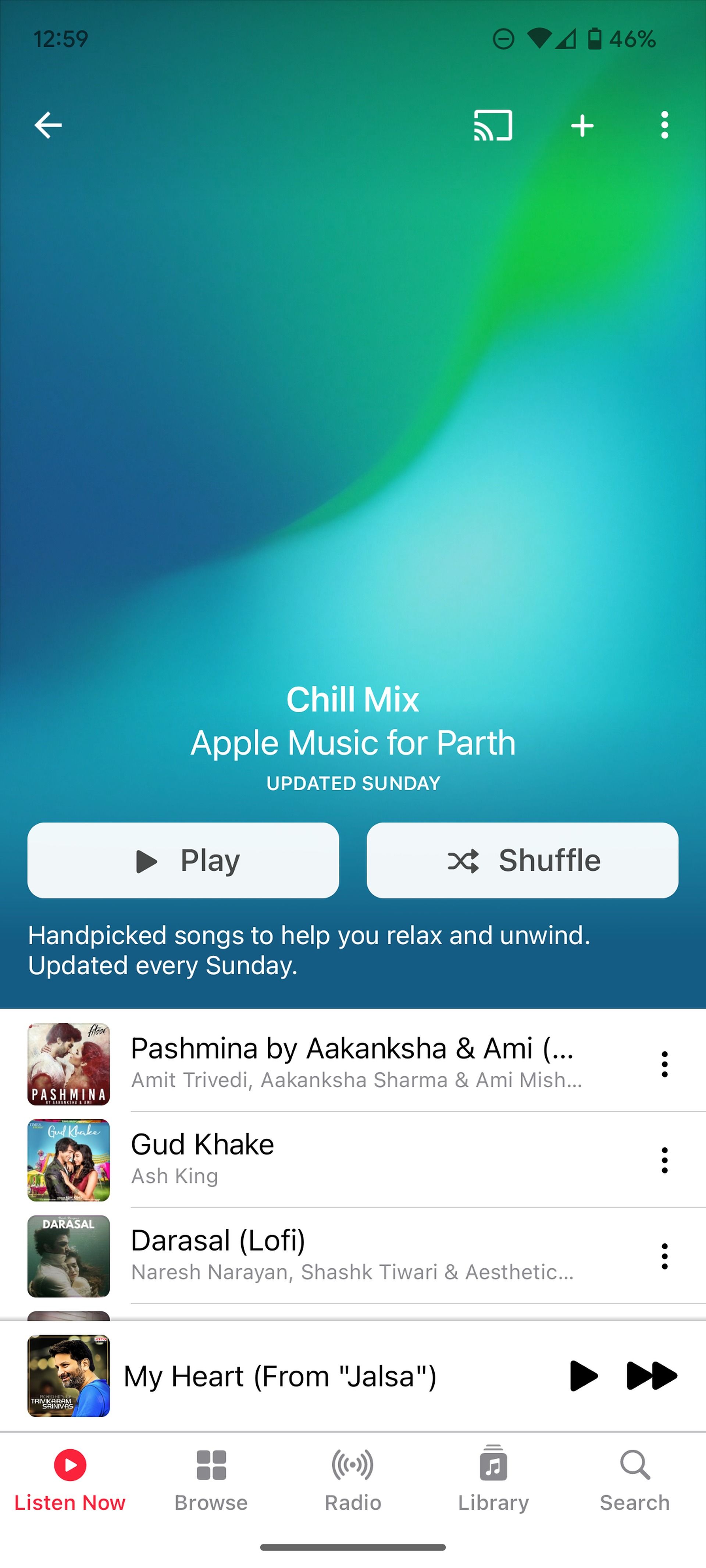
Apple Music offered a catalog of 30 million songs when it launched in 2015. As of October 2022, Apple Music has a rich library of over 100 million songs. YouTube Music is said to have over 80 million tracks in the library. Both have respectable discoverability to find curated playlists, suggestions, and new tracks on the go.
Both YouTube Music and Apple Music let you download songs for offline listening. You can also upload 100,000 of your own songs to the platform.
While both YouTube Music and Apple Music support video songs, Google's implementation is better due to a seamless YouTube integration. Apple Music also lacks the social element that YouTube Music has. The latter lets you create a playlist and make it public, so anyone can search for and view your music collection. You can even create collaborative playlists with your friends and loved ones.
When you use the YouTube Music or Apple Music widgets, you can check your playlists from the homescreen.
Listening experience

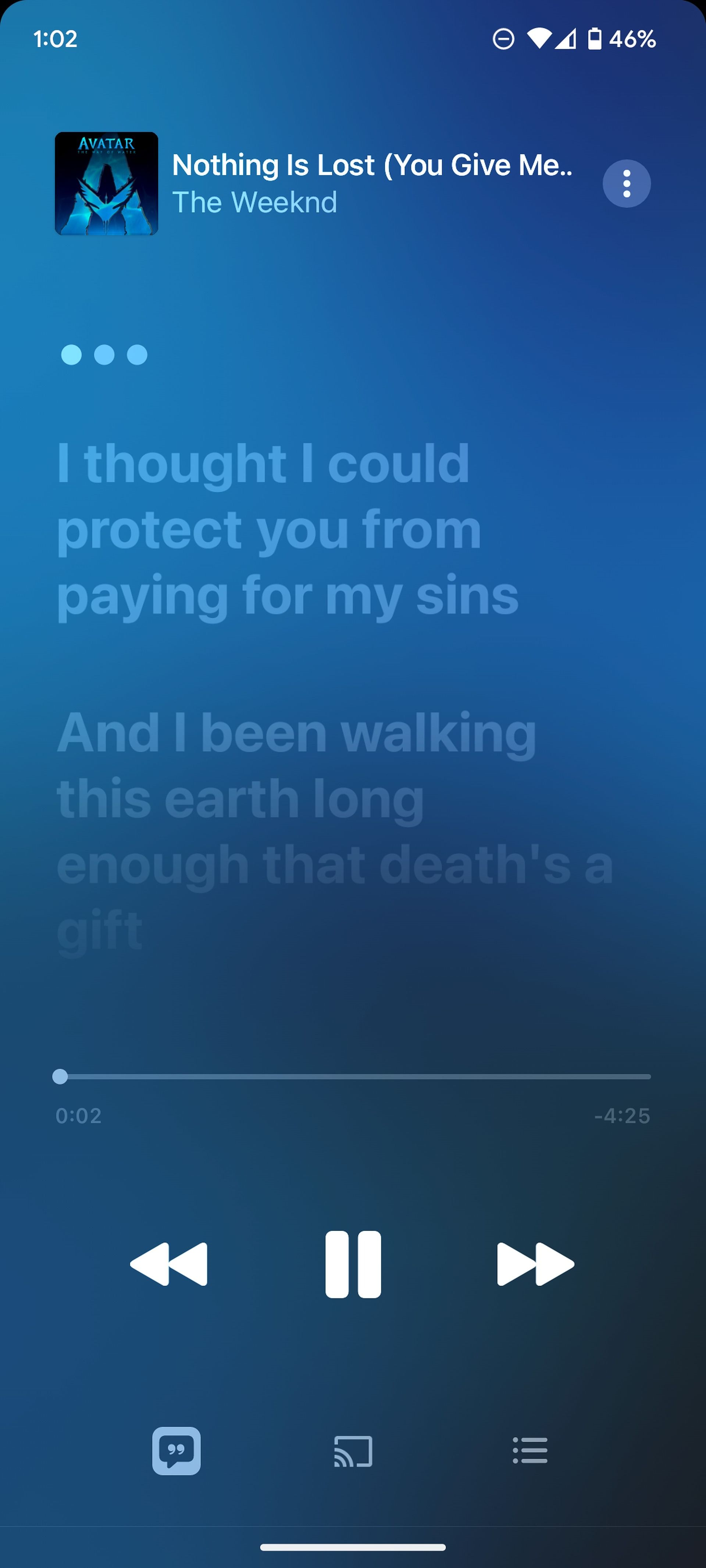
The most important part of any music streaming service is the listening experience. Apple Music completely trumps YouTube Music here. Apple offers lossless audio without extra cost. It's the perfect choice for audiophiles. Apple Music also offers spatial audio with head tracking. The function uses the sensors and gyroscopes in your headphones to create a virtual 3D listening experience. It's limited to iPhone, iPad, and Mac and works with AirPods Pro and AirPods Max.
YouTube Music offers a standard listening experience that should be sufficient for most. It also comes with an equalizer to tweak bass boost and surround sound. YouTube also offers songs and playlists recommendations based on the current song. You can find them in the Related tab at the bottom.
While both YouTube Music and Apple Music offer lyrics, the latter has wider lyrics support. You can also sing along to tens of millions of songs with Apple Music Sing. You can adjust vocals and real-time lyrics to take the lead, perform duets, and boost your party experience to the next level. The karaoke mode is available on Apple hardware only.
Apple Music vs. YouTube Music: Subscription plans
You can purchase Apple Music and YouTube Music separately or get the bundle with other services. Apple Music Voice plan starts at $4.99 per month. But you lose many features like spatial audio with Dolby Atmos support, lossless audio, Apple Music Sing, and more.
The Apple Music Individual and Family plans start at $10.99 and $16.99 per month, respectively. The latter lets you share the subscription with up to six people. The company also offers Apple One bundle that packs Apple Music, Apple TV+, Apple Arcade, and iCloud+ subscriptions with iCloud storage. The Apple One plans start at $16.95 per month. You can also go with higher plans for more iCloud storage.
The YouTube Music Individual plan starts at $9.99 per month. You can go with the Family plan at $14.99 per month and add up to five family members in your household. We recommend going with the YouTube Premium plan at $11.99 per month or $22.99 per month for Family, which offers ad-free YouTube, offline downloads, and background streaming.
The Student plan is priced at $5.99 per month on Apple Music and $6.99 per month on YouTube Music.
Level up your music experience
Apple Music works best with the iPhone and iPad. Some notable features are missing from rival platforms. YouTube Music can be an ideal pick for power YouTube users with the Premium plan. If you plan to go with it, check out our dedicated guide to get the most out of a YouTube Music subscription.

